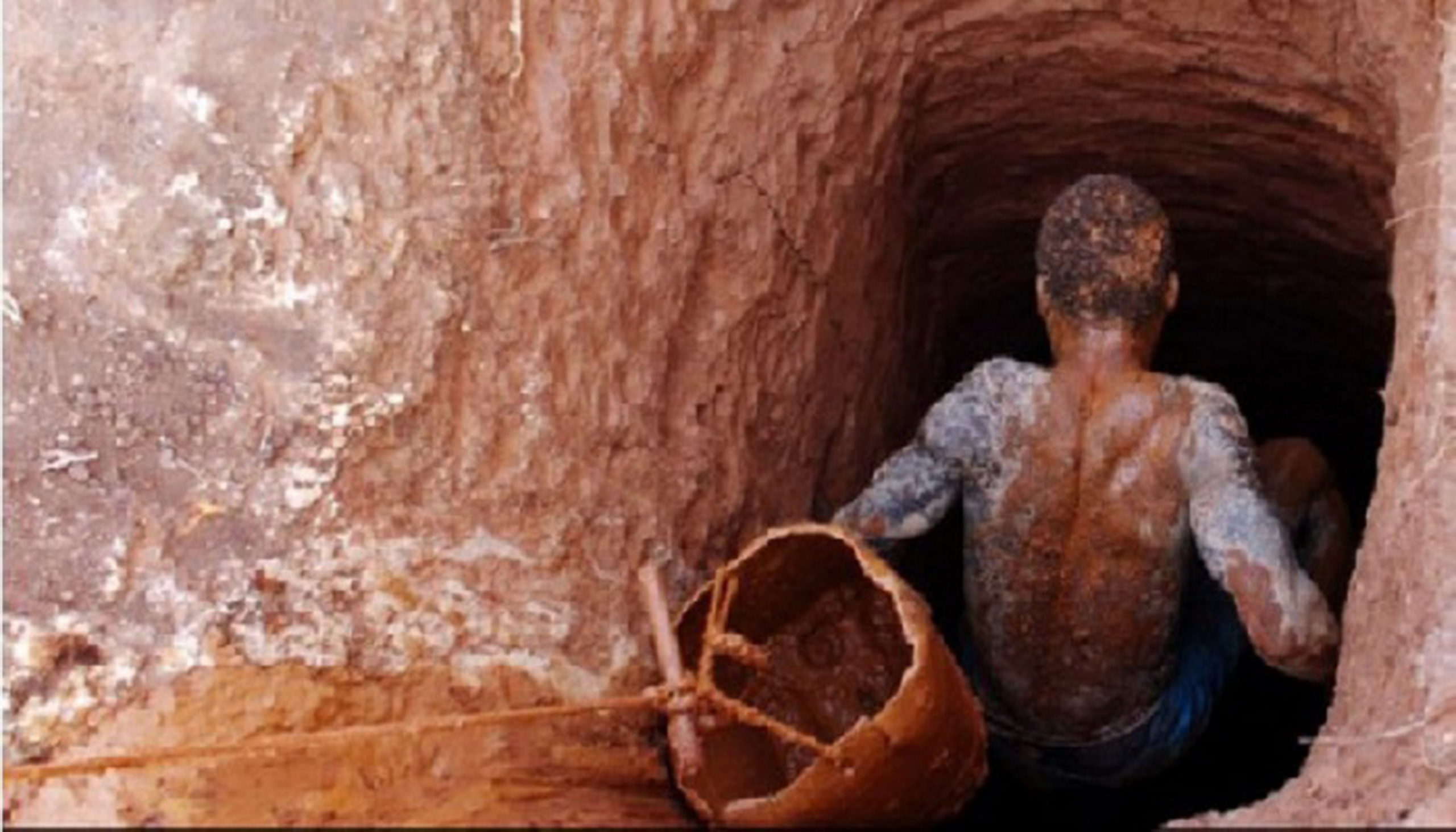
Galamsey Mining Techniques: Understanding the Methods Behind Illegal Mining in Ghana
Discover the various galamsey mining techniques used in illegal mining operations in Ghana. Learn how these methods impact the environment and pose challenges to regulation.
Highlights:
- Gold Extraction Methods: Learn about the basic techniques used in galamsey mining, including mercury and cyanide use.
- Environmental Consequences: Understand the impact these techniques have on rivers, land, and local ecosystems.
- Challenges in Regulation: Explore the difficulty of regulating illegal mining techniques and the role of local communities.
SEO Meta Tags
- Title: Galamsey Mining Techniques:
Understanding the Methods Behind Illegal Mining in Ghana
- Meta Description: Discover the various galamsey
mining techniques used in illegal mining operations in Ghana. Learn how
these methods impact the environment and pose challenges to regulation.
- Keywords: galamsey mining techniques,
illegal mining methods Ghana, small-scale mining Ghana, environmental
impact mining, gold extraction galamsey, mercury use in galamsey,
traditional mining methods.
Highlights
- Gold Extraction Methods: Learn about the basic techniques
used in galamsey mining, including mercury and cyanide use.
- Environmental Consequences: Understand the impact these
techniques have on rivers, land, and local ecosystems.
- Challenges in Regulation: Explore the difficulty of
regulating illegal mining techniques and the role of local communities.
Galamsey Mining Techniques:
Understanding the Methods Behind Illegal Mining in Ghana
Introduction
Galamsey, the term for illegal small-scale mining in Ghana, has gained
notoriety for its destructive impact on the environment and local communities.
The methods used in galamsey mining are often primitive and highly dangerous,
both to the miners and the ecosystem. This expository essay explores the
different galamsey mining techniques, their environmental impact, and the
challenges they pose to law enforcement and regulation.
Traditional Mining Techniques in Galamsey
Galamsey operations are typically carried out with rudimentary tools and
methods, making them difficult to regulate and control. The most common
techniques used in galamsey are as follows:
- Panning and Sluicing: One of the simplest and oldest
methods for extracting gold, panning involves manually washing
gold-containing sediments in water. Sluicing is a slightly more advanced
technique, where miners use a sloped wooden trough to separate gold from
other materials. While effective in extracting small amounts of gold,
these methods are highly inefficient and result in large amounts of
sediment being released into rivers, causing pollution.
- Use of Mercury: In many galamsey operations,
mercury is used to extract gold from ore. Mercury binds to gold to form an
amalgam, which is then heated to vaporize the mercury, leaving behind pure
gold. However, this process releases toxic mercury vapor into the air, and
the remaining mercury contaminates local water bodies. Mercury pollution
poses severe health risks, including neurological disorders and
respiratory problems (Wikipedia)(GBC Ghana Online).
- Cyanide Leaching: Cyanide, another chemical used
in galamsey, is applied to ores to dissolve gold, which can then be
collected from the solution. While this method is more efficient than
mercury, it poses significant environmental hazards. Cyanide is highly
toxic, and when spilled or improperly disposed of, it contaminates soil
and water, killing aquatic life and making water unsafe for consumption (GBC Ghana Online).
Environmental Impact of Galamsey Mining Techniques
The environmental consequences of galamsey mining are severe, largely due
to the unregulated and unsustainable techniques used by illegal miners.
- Water Pollution: The use of mercury and cyanide
in mining operations directly contaminates rivers and water bodies, making
water unfit for drinking and agricultural use. Mercury and cyanide
poisoning not only affect human health but also devastate aquatic
ecosystems, leading to the decline of fish populations and other aquatic
life (GBC Ghana Online).
- Deforestation and Land
Degradation: Galamsey operations often involve clearing large areas of forest to
access mineral deposits. This deforestation disrupts ecosystems and
contributes to soil erosion, reducing the land’s ability to support
agriculture and other uses. Once the topsoil is removed, it becomes
difficult to rehabilitate the land, leaving it barren and unusable (Graphic Online).
- Loss of Biodiversity: The destruction of forests and
water pollution due to galamsey activities leads to significant
biodiversity loss. Many species of plants and animals that depend on these
habitats are displaced or killed, disrupting ecosystems and threatening
food chains (Graphic Online).
Challenges in Regulating Galamsey Mining Techniques
Enforcing regulations and controlling the use of these harmful mining
techniques is one of the biggest challenges facing the Ghanaian government.
Several factors make regulation difficult:
- Remote and Inaccessible
Locations: Many galamsey operations are carried out in remote areas, far from
government oversight. This makes it difficult for authorities to monitor
and regulate illegal activities effectively (Ghana National Association).
- Economic Drivers: Poverty and lack of job
opportunities in rural areas drive many people to engage in galamsey. The
potential for quick income makes illegal mining an attractive option for
those with few alternatives, leading to widespread non-compliance with
regulations (Wikipedia).
- Community Involvement: In some cases, local communities
depend on galamsey for their livelihoods, complicating efforts to shut
down illegal mining operations. Communities often resist government
interventions, viewing them as a threat to their economic survival (Graphic Online).
Conclusion
The techniques used in galamsey mining are not only inefficient but also
extremely harmful to the environment and human health. Mercury and cyanide, the
two main chemicals used in gold extraction, are responsible for significant
water pollution and health risks, while deforestation and soil degradation
further damage the ecosystem. Regulating galamsey requires a multifaceted
approach, including stricter enforcement of mining laws, education, and the
development of alternative livelihoods for those involved in illegal mining.
Without decisive action, the environmental and social consequences of galamsey
will continue to escalate.

